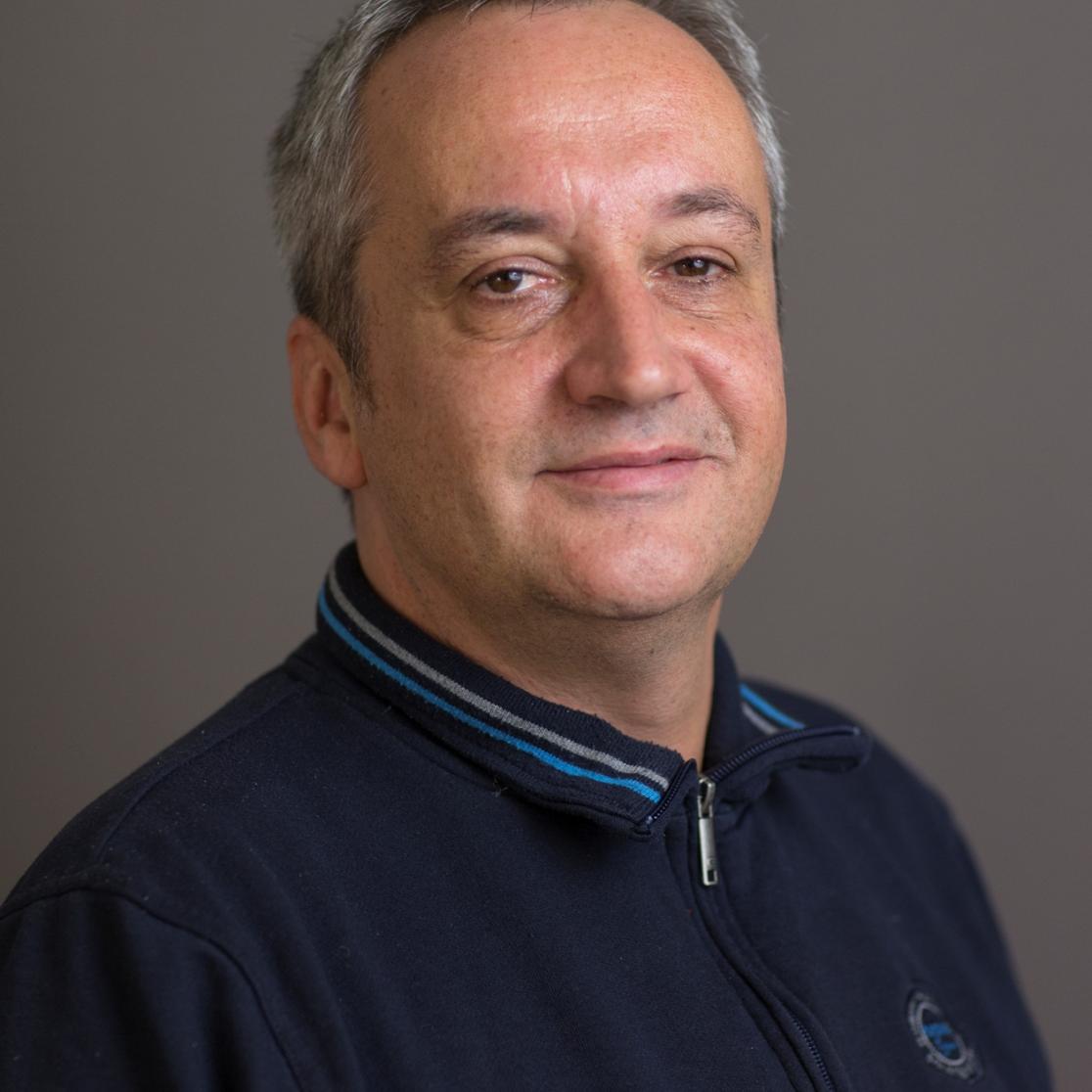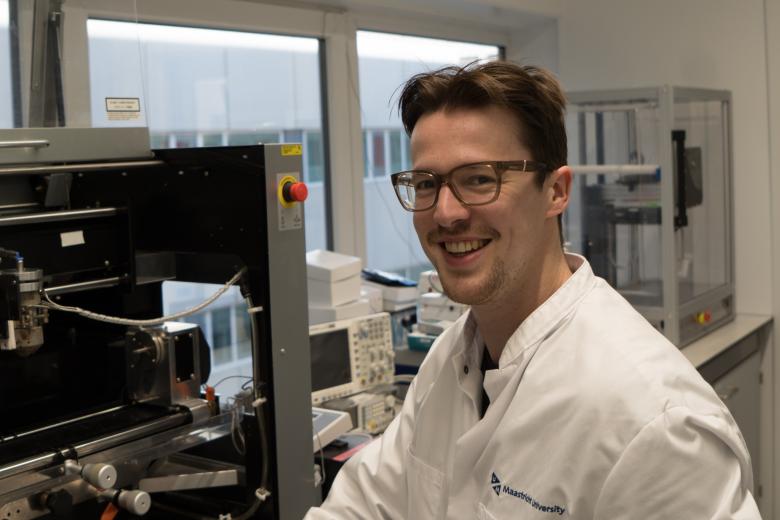Anne Pieter van der Mei appointed professor of European Social Law
Anne Pieter van der Mei, previously associate professor at the Department of International and European Law, was appointed professor of European Social Law on 1 June 2018. The chair is part of the Department of Public Law.
The chair is intended to cover three closely related areas: European social security law, European labour law and European health law. There is a clear need to strengthen the social dimension of the European integration process. At the same time, national labour law, social security law and health law are all increasingly influenced by European law. As European and social law are becoming ever more interwoven, these fields should be approached in an integrated manner – something Professor Van der Mei will do in both his teaching and his research.
He teaches courses on European and social law, and, naturally, the course European Labour Law and Social Security Law. His research will dovetail with that of the Department of Public Law, which is part of the Maastricht Centre for European Law (MCEL), the Ius Commune Research School and the Centre for European Research in Maastricht (CERiM).

Also read
-
From Study to Startup: The story behind Famories
When Lennie and Neele graduated, while many of their classmates were busy fine-tuning CVs and stepping into roles at top companies, they took a detour by recording podcasts with their grandmas. What began as a charming way to cherish family memories has blossomed into Famories, a vibrant startup...

-
Young people in higher education mainly choose based on their interests. A better link with labour market opportunities is needed.
Against the backdrop of structural labour market shortages, it is of social importance that young people choose courses that not only match their interests and talents but also lead to occupations with good employment prospects and social value, particularly in sectors such as healthcare, education...

-
Letting bone and cartilage repair themselves
Tim ten Brink focuses on developing implants for damaged bone and cartilage, so eventually there is less need for invasive surgery.
